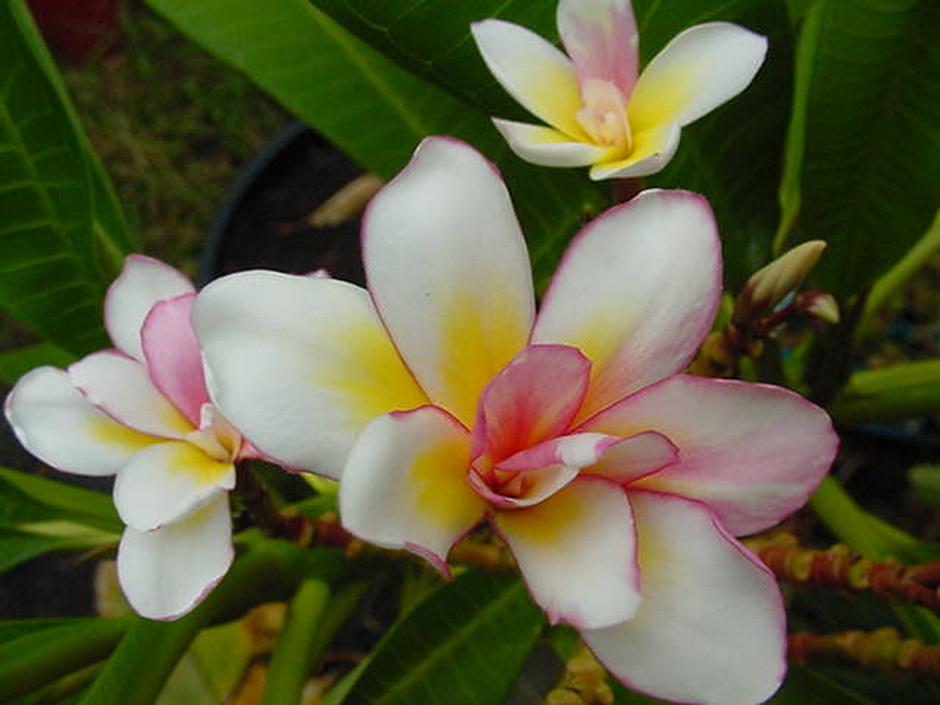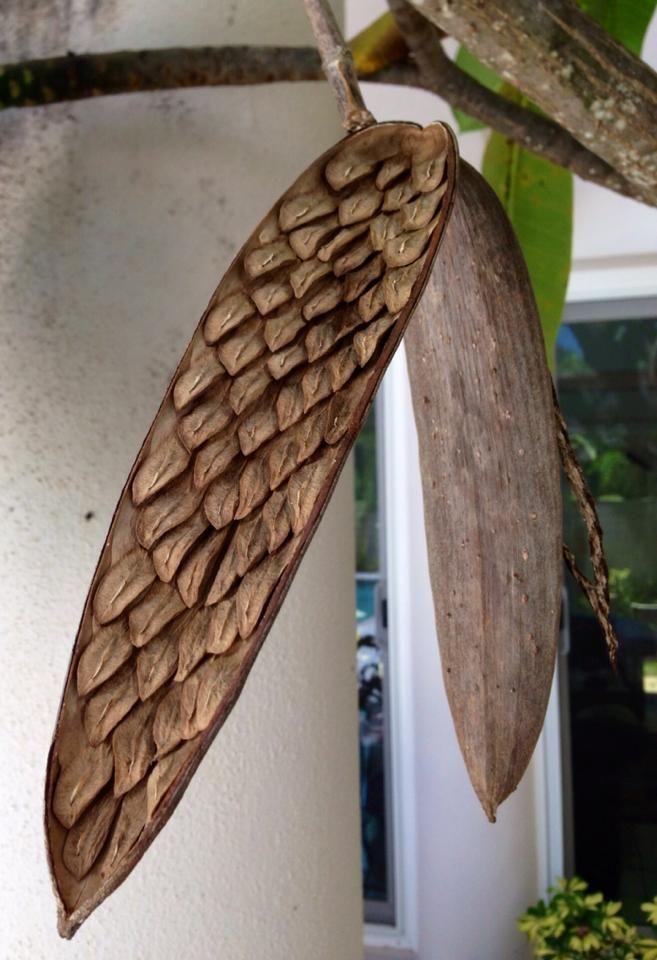5 PLUMERIA SEEDS -FRANGIPANI - pomelia variety "Bali Whirl "-FRESH SEEDS
SEEDS ARE SHIPPED IN TRANSPARENT SACHETS, WITH A CARD INSIDE INDICATING THE VARIETY OF THE SEED
+++++++++++++++++++++++++++++++++++++++++++++++++++++ ++++++++++++++++++++++++++++++++++++++++
Grow the Pomelia
Frangipani (Plumeria,L.) It is a genus of the Apocynaceae, native to the tropical areas of the Pacific Islands, the Caribbean, South America and Mexico, widespread in most countries with a tropical or sub-tropical climate, shrubs or small trees even of considerable size, with deciduous or persistent leaves, initially fleshy stem that becomes woody over time; few fleshy branches, large, lanceolate, oblong pointed leaves, of a more or less intense green colour depending on the species; the flowers are similar to those of the oleander and scented, large, gathered in terminal cymes, also bearing about fifty flowers with 5-7 petals, white, cream, pink, red and yellow in colour, shaded in the centre with various colours.
Botanical name: Plumeria
Common Name: Plumeria
Family: Apocynaceae
Synonyms: Frangipani, Pomelia
Category: shrubs
Description:
Plumeria is a tropical plant, perhaps among the most beautiful in the world, famous for its highly scented flowers.. It is also called Frangipani because in the 16th century the Italian nobleman M. Frangipane invented a perfume that recalled the smell of plumeria. In Sicily it is called Pomelia and it is the only place in Europe where it has naturalized.
In India it is called "the temple plant" as it is used to bring it to temples as an offering.. In Hawaii it is used to make garlands and at weddings, while in Thailand it is not grown at home because it is considered a sacred plant.
It is a succulent and very branched shrub, with deciduous leaves up to 30 centimetres long, the flowers are funnel-shaped with an expanded corolla, 4-5 centimetres wide and very fragrant.. It is a very simple plant to care for if the climatic conditions are favourable, in fact it only fears the cold and basal rot.
TO RECOGNIZE THEM Height: from 2.5m to 4m
Flower color: White, white and yellow, white-yellow-pink, pink, red...
Leaf color in growing season: light green
Leaf surface appearance: coarse
Number of petals: five or seven
Re-blossoming: continuous and prolonged
Perfume: intense
Cut Flower: Yes
Stem: Fleshy that becomes woody over time
Leaf shape: Large, lanceolate, pointed
Flower: Funnel-shaped, with 5 or 7 petals, of the most varied colours, intensely scented and gathered in inflorescences
Stem: Fleshy
Evergreen: no
Flowering period: Summer
Habitat: Tropical areas of the Pacific Islands, Caribbean, South America and Mexico, widespread in most countries with tropical or subtropical climates
Distribution in Italy: Outside only in Sicily and in the coastal areas of southern Italy or Liguria
CULTIVATION Soil texture: sandy or loose
Temperature: from +15° to +20°
Climate: subtropical
Exposure: sun
Propagation: By cutting or seed
Water needs: scarce
Adversity: Scale insects, red spider mites, root rot
Growth rate: slow
Fertilization: Fertilize 2 times a month using a low nitrogen fertilizer.
OTHER CHARACTERISTICS Other species / Varieties: Plumeria alba, Plumeria filifolia, Plumeria obtusa, Plumeria pudica, Plumeria rubra
Usage: It is a plant that lives well in a pot, but also in the garden
Season of interest: spring/summer
The sowing
used to obtain new varieties, it should be done in late spring with fresh seeds, the plants thus produced do not flower before 3-4 years; asexual multiplication occurs by semi-woody cuttings in spring, taking care to let the cutting dry for a dozen days, before being buried in a mixture of peat and sand or perlite, fresh and well-drained without overwatering; be careful of the toxic latex that comes out from the cut portion of the branch.
A very important aspect to keep in mind when deciding on the type of propagation to adopt is that multiplication by seed implies genetic variability, so there is no certainty that the plant that will be born will be the same as the mother plant.. Therefore, considering the long waiting period to finally obtain the long-awaited flowering, if you are not sure of the origin of the seed or if you want to obtain a plant identical for example to the one we grow in our garden, it is better to opt for multiplication by cutting.
.....................................................................................
--------------------------------------------------------------------------------------------------------------------------------------------------
THE SEEDS ARE SHIPPED IN TRANSPARENT SACHETS, WITH A CARD INSIDE INDICATING THE VARIETY OF THE SEED



























